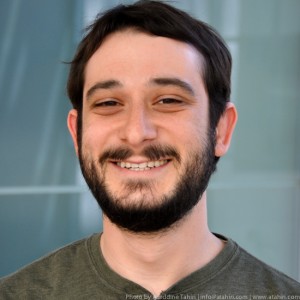Matthew Silver
Doctor of Philosophy, Cognitive and Neural Systems – Boston University.
Bachelor of Arts, Neuroscience – Hamilton College.
In order to successfully navigate and manipulate the environment, the brain must extract statistical regularities from a barrage of sensory information, and exploit those regularities to make predictions about future events that may guide behavior. Even in the most simple cases, where clear and salient events reliably predict relatively immediate rewards, the brain must contain representations of the stimuli and events that serve as both predictor and reward; without such representations, new stimuli cannot be compared to those that have come before. As stimuli become increasingly complex neural representations too may change, possibly storing more information about the stimulus, or perhaps only that information which is relevant to the task at hand. I am interested in the nature of these representations: how does neural activity represent stimuli and events in the outside world?
In the Miller Lab, I’m currently investigating neural representations of categories. In order to interact with an environment in which the features may vary from one stimulus to another, it is important to generalize by representing the categories that comprise these various stimuli. Some categories, such as books, are simple: all members are similar in appearance and the defining features can be easily listed. Other categories, like vehicles, are much more complex, requiring sophisticated neural representations that incorporate information not only about the physical appearance of members but also their functionality. By electrophysiological examination of cortical activity during categorization tasks, we hope to explore the way in which the brain represents categories, and further how those representations change as the categories themselves change. This work will assist in understanding and treating mental disease and dysfunction such as autism and schizophrenia, which are characterized by deficits in categorization and generalization. More broadly, this research will help us gain better insight into the neural processes that underlie decision making and cognition.
Under the supervision of Stephen Grossberg and Daniel Bullock, I designed a computational model of rank-sensitive working memory and sequential eye movements which simulates a number of electrophysiological, behavioral and anatomical datasets. The model’s chief advancements include the quantitative demonstration that the supplementary eye field may be responsible for the selection of saccade plans from spatial working memory, and the explanation of microstimulation effects in supplementary eye field.
